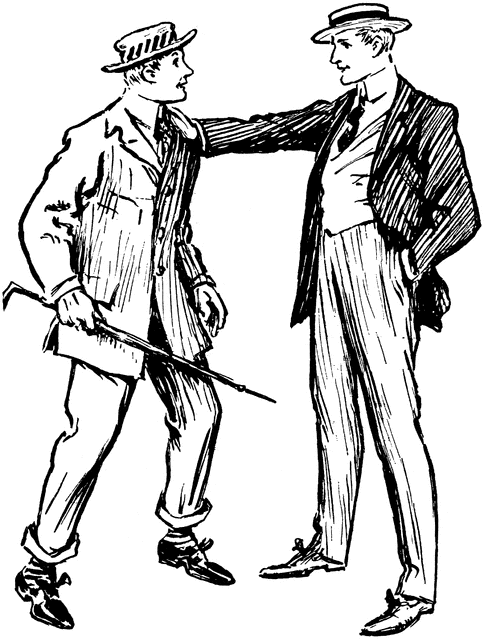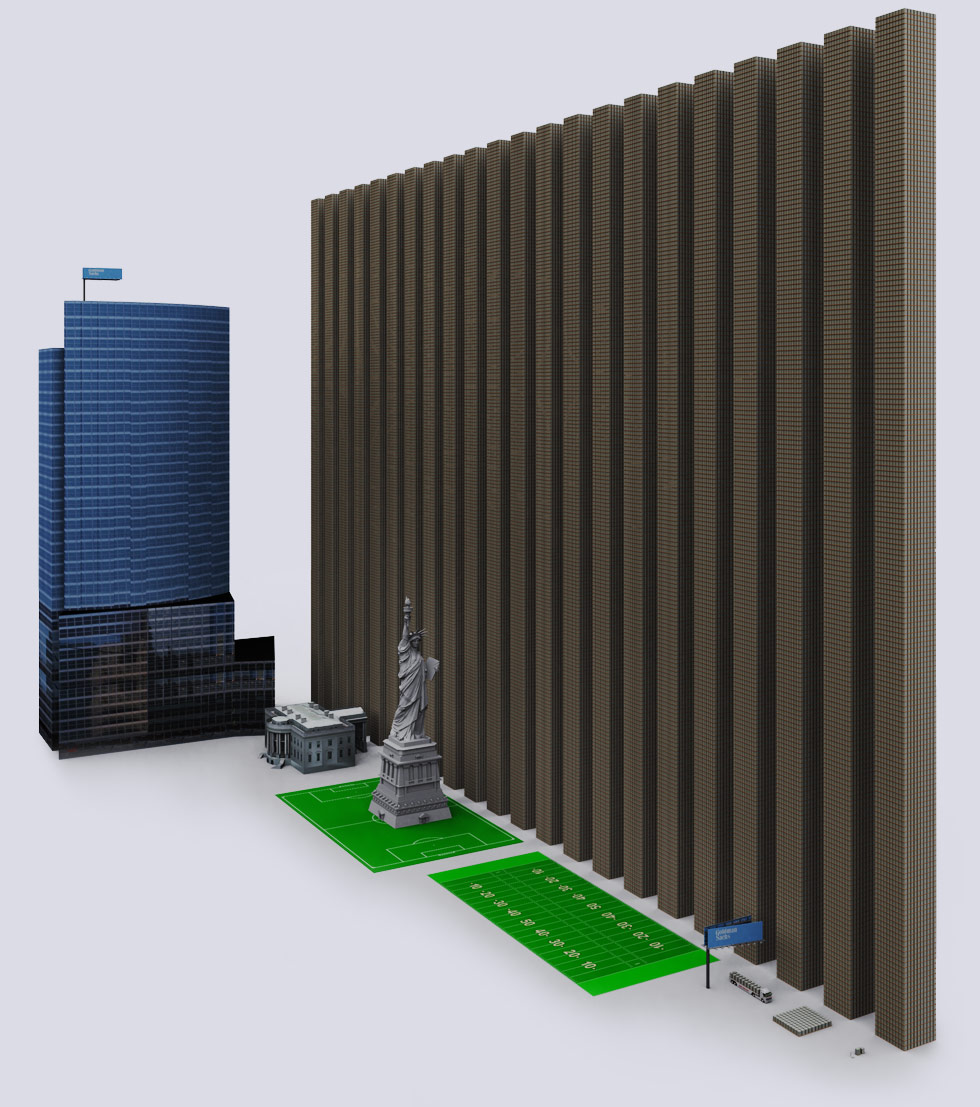When you look at this picture, do you see a building with wood-framed construction stucco, vinyl window frames, clay tile, and cheap, painted wood numerals? Of course. But many architects also see a building through the lens of architectural history.
When a friend moved into this building, I posted this lighthearted critique on Facebook.
Bottom Line: When preparing marketing communications for a building product, it is useful to understand all the ways architects think.
When a friend moved into this building, I posted this lighthearted critique on Facebook.
This an under-appreciated architectural gem exemplifies the transfer of the finest Southern European traditions to Southern California.The post received "Likes" from many of my friends that are architects, suggesting that they recognized it as a sendup of architectural thinking.
Consider, by way of exposition on this theme, how the symmetrical, tripartite facade of the upper story projects beyond the lower representing the defenses typical of an Italianate tower, a theme further expressed by the use of terracotta tile on the pseudo-Mansardic attic story. Yet the tetrastyle engaged pilasters have the Mannered confidence of Michelangelo's Biblioteca Medicea Laurenziana.
While realized at a somewhat smaller scale, the groomed arboreal forms in the landscape are based on the finest traditions of royal gardens. The sinuous line at the intersection of earth and structure is the mark of a master.
It is unfortunate that this edifice has been stripped of the ashlar marble cladding that undoubtedly defined its exterior. The mean rendering, however, discloses its pure lines and anticipates the austerity of the Villa Savoye.
We must not overlook the aesthetic tension introduced by the deliberate use of anachronistic serifs on the cartouche, leaving us to ponder why the builder chose to memorialize the defense of Constantinople during the indicated year.
Bottom Line: When preparing marketing communications for a building product, it is useful to understand all the ways architects think.

















